As we move on to the post-pandemic phase, will hybrid learning become the default edtech way?
Dear reader,
Learning never stops. We have been through the worst (one hopes) of a pandemic, but education is the one area where there was very little doubt of continuity.
The rise of edtech — even before Covid — had set the stage for a potentially seamless transition from studying in classrooms to homes. But as we move on to the post-pandemic phase and vaccination penetration improves, will edtech continue to fly the flag for Indian students and teachers?
Given the transition seen during the past 20 months, it’s unlikely that online learning will take a backseat, but at the same time, schools, colleges and institutions will move to a hybrid future, where edtech solutions are blended with offline learning.
Hybrid Learning’s Teething Issues In India
Edtech founders, investors and analysts believe that while pace of adoption for online learning products and services might slow down in late 2021 and early 2022, the future of education is hybrid.
But there’s a long way to go and the resistance to hybrid or blended learning models will remain for some time. In many ways, it’s like when demonetisation pushed India towards digital payments, but cash still remains the king when it comes to commerce.
This is best seen in how the Supreme Court this week turned down a petition from students to conduct CBSE and CISCE exams in hybrid mode. The court was told that adequate measures have been taken for the safety of students in physical exam centres and that was enough to turn down the petition.
But this overlooks the bigger issue of whether offline exams are in line with the vision of the National Education Policy 2020 (NEP), which is said to be the guiding light for all education policy decisions going forward.
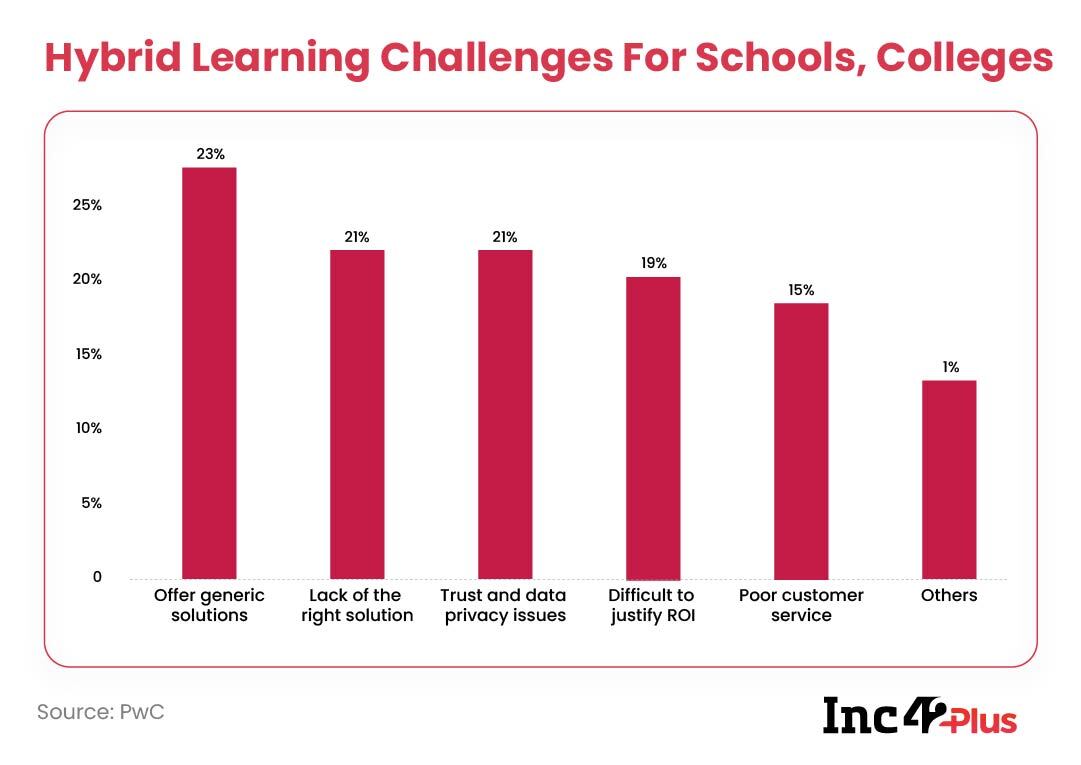
The NEP lays a lot of emphasis on technology-enabled education, but many Indian colleges and educational institutions lack the infrastructure required for online education. This fuels the resistance to tech-driven changes in how exams are conducted, and how curriculum is delivered.
While schools and education institutions are eager to partner with edtech startups, the generic nature of the solutions available is the biggest hurdle. Institutions and faculty are looking for customisable solutions that fit their needs, as off-the-shelf edtech solutions have proved inadequate.
The other major concern is about cybersecurity, giving over student data to edtech companies, and lack of transparency in how data is used by these edtech startups. Besides this, they find it hard to justify the investment in edtech solutions, which does not always result in improved outcomes for students.
The Hybrid Models In Play
Among the models that are emerging in the hybrid learning space are:
- Online value-added services (VAS) at schools and universities
- Omnichannel edtech i.e offline touchpoints and online-to-offline learning
- Tech-powered schools and universities i.e offline-to-online
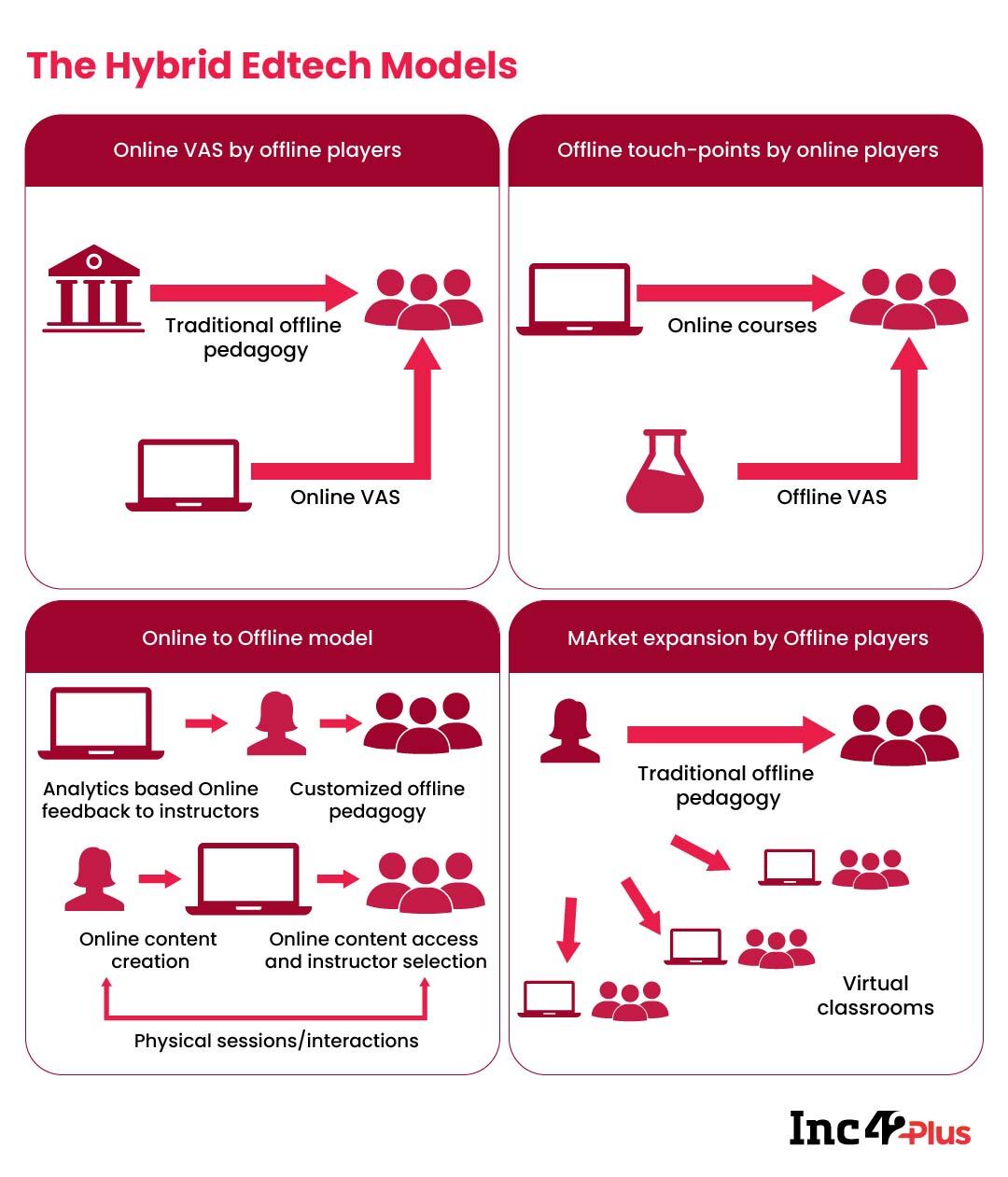
Firstly, in order to meet the on-demand content needs of their students, offline institutions will offer online value-added services either independently or through edtech partnerships. Digital learning tools are already assisting the teachers in class planning, student profiling, doubt solving, exam proctoring, test planning, progress mapping, predictive course building and more.
For instance, Sunstone Eduversity, with its pay-after-placement model, offers courses based on such partnerships with more than 24 universities. Similarly, global platform Coursera announced partnerships with IIT-Bombay, IIT-Guwahati, Indian Statistical Institute, and Ashoka University in October.
Secondly, when it comes to omnichannel edtech, the biggest example is BYJU’S which acquired Aakash Educational Services for $1 Bn and launched Aakash Hybrid soon after. BYJU’S incidentally is valued at $21 Bn after its latest fundraise and has been on an unmatched acquisition spree as it looks to fill various gaps in its repertoire.
BYJU’S is engaging with students through offline touchpoints to bridge the gap with traditional modes of learning. Similarly, other edtech platforms aid physical learning by helping teachers evaluate students online, matching students with the right faculty, aiding in test preparation through multimedia content, and more.
The third biggest model is when institutions go forward independently to launch their own edtech solutions. Expansion through virtual classrooms is expected to become increasingly common amongst colleges and universities. The idea is that each individual’s needs and problems get equal importance in such a setup, allowing greater flexibility for learning from home for some students.
There are plenty of examples of institutions going digital — The Hero Group, which promotes the BML Munjal University, besides other colleges and schools across the country, launched Hero Vired earlier this year to bring a job-first approach to edtech. Similarly, Amity Group offers degree programmes online under the University Grants Commission’s new regulations for such courses.
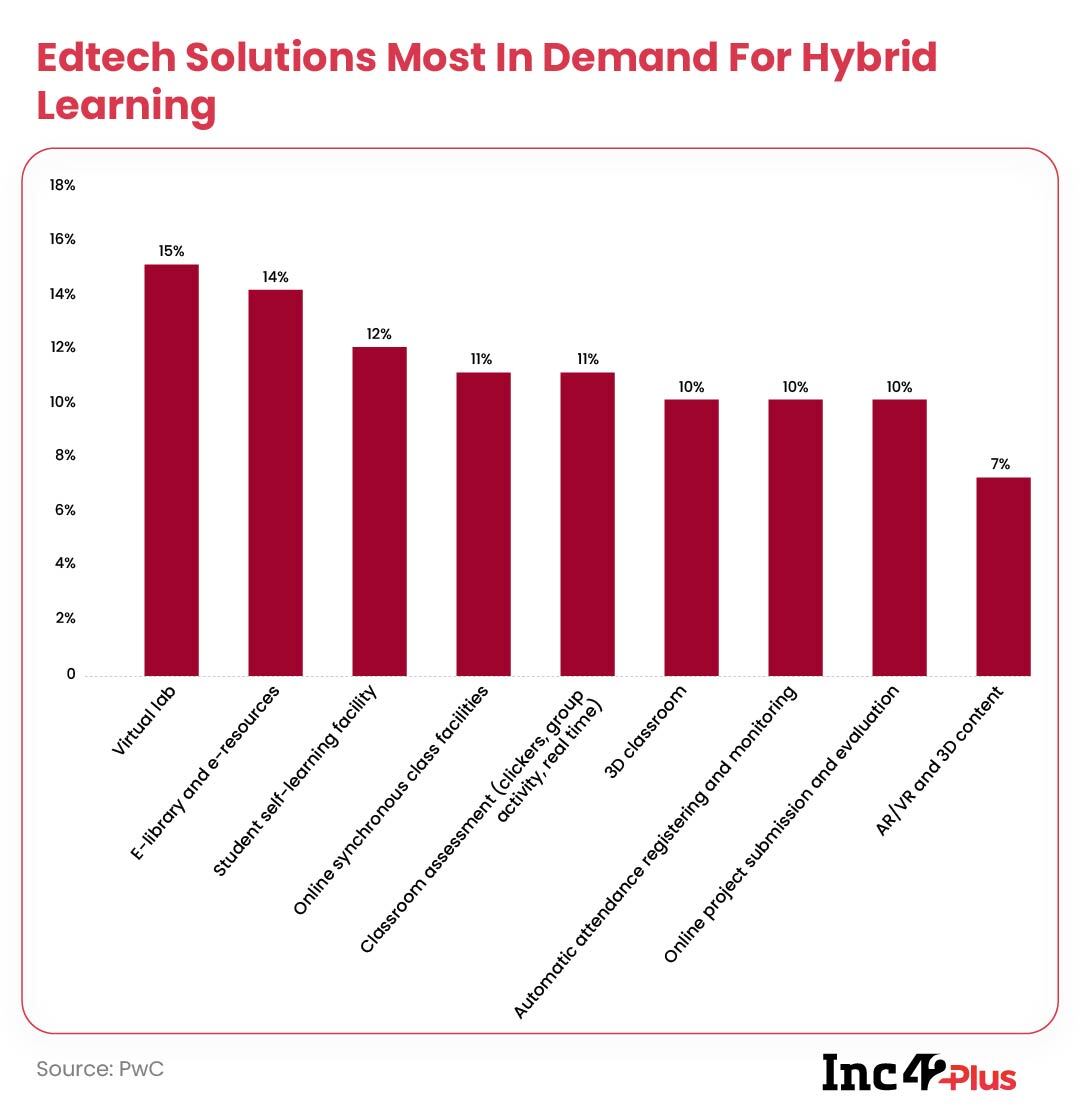
Why Hybrid Makes Sense For India
While edtech increases convenience, introduces gamified modules and video content to make learning engaging, there’s still one thing that physical classrooms do better. Student-teacher interaction is crucial for higher-order thinking skills, grasping concepts, soft and social skill development and more. Blended or hybrid learning offers the best of both worlds.
But the biggest barriers to edtech adoption in India are the unfamiliarity of teachers when it comes to online teaching methodologies, and the lack of access to the internet, which affects both students and teachers.
Since online education has already started making inroads in schools — projected to increase 6.3x by 2022, according to a report by RBSA Advisors — hybrid learning can be best utilised at the primary level to improve access to education.
On the student side, the benefits are clear. They can augment conventional classroom pedagogy with rich digital content and tools, to directly alter outcomes for the better, such as clarifying concepts and fundamentals, enhanced retention and improved student engagement.
The flexibility and versatility of hybrid or blended learning allows rural Indian students to break away from barriers in access to education. Students in villages and small towns get access to nationally-renowned educators thanks to edtech, but at the same time, they can continue to benefit from classroom learning too.
Moreover, hybrid learning offers the chance to learn in a self-paced manner, take initiative, and create original work, rather than mimicking their peers and classmates.
For teachers, the one thing that works in favour of hybrid learning is the relatively kinder learning curve for teachers and faculty. Many criticised the unplanned and rapid push for online learning in 2020, and claimed it jaded teachers who lacked the training for online teaching, and also suffered connectivity issues, while dealing with life at home during the lockdown.
Going hybrid will give teachers more time to get up to speed with online learning methodologies. They can focus on developing their online learning credentials, while conducting offline classes which are like second nature to them.
According to a venture capital firm, which largely backs edtech companies, even though some schools are now beginning to focus on integration of classrooms and technology, it will take a nationwide effort to enable both teachers and students to go hybrid enmasse.
The consensus is that edtech alone will not make a dent in a wide market such as India. Edtech startups need to find novel ways of working with universities, schools and other educational institutions. The models need to evolve to meet the demands of the market, and one cannot take a one-size-fits-all approach.
Even if online learning becomes the norm outside the classroom, the requirement of a physical teacher will never go away because, at the end of the day, the personal touch and the teacher-student connection in education will always be of utmost importance.
Till next week,
Nikhil Subramaniam
Images: Gayatri Sharma




 Fintech
Fintech Travel Tech
Travel Tech Electric Vehicle
Electric Vehicle Health Tech
Health Tech Edtech
Edtech IT
IT Logistics
Logistics Retail
Retail Ecommerce
Ecommerce Startup Ecosystem
Startup Ecosystem Enterprise Tech
Enterprise Tech Clean Tech
Clean Tech Consumer Internet
Consumer Internet Agritech
Agritech




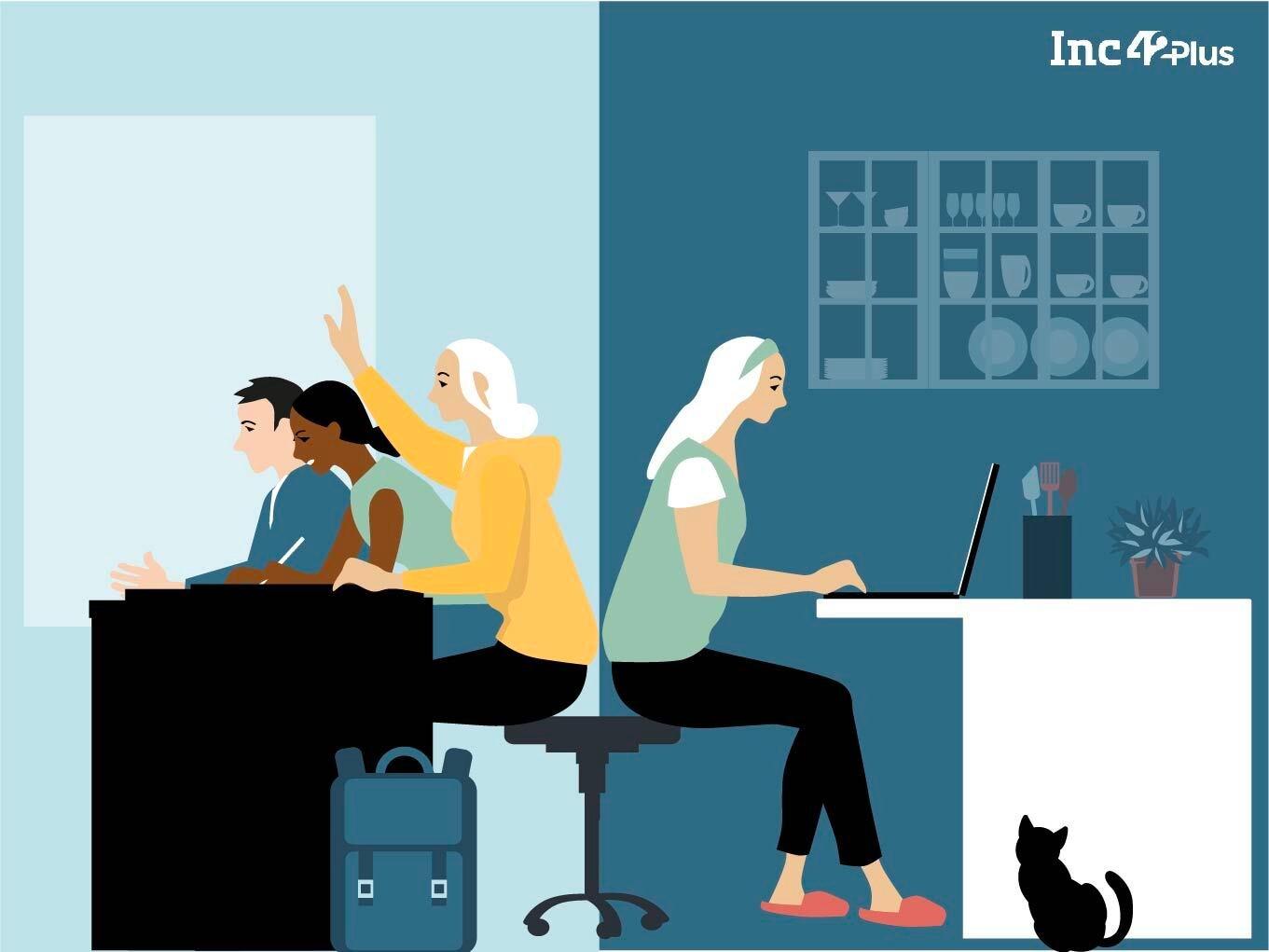




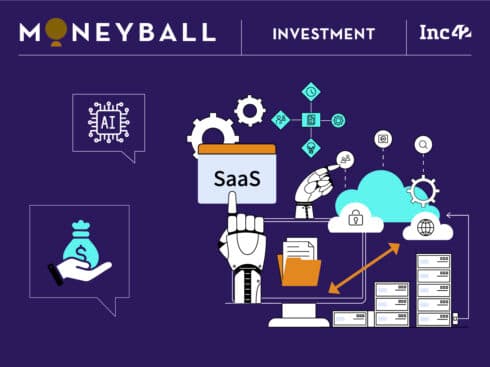

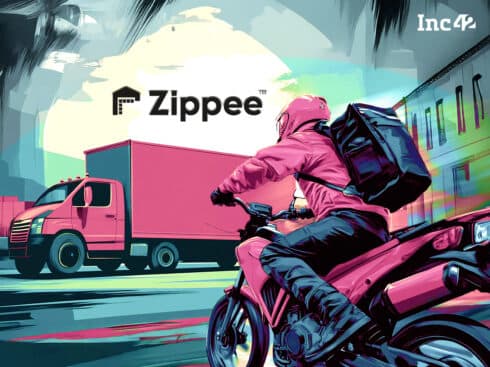

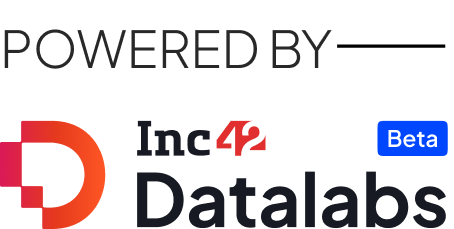
![[The Outline By Inc42 Plus] Edtech Goes Hybrid-Inc42 Media](https://asset.inc42.com/2023/09/featured.png)
![[The Outline By Inc42 Plus] Edtech Goes Hybrid-Inc42 Media](https://asset.inc42.com/2023/09/academy.png)
![[The Outline By Inc42 Plus] Edtech Goes Hybrid-Inc42 Media](https://asset.inc42.com/2023/09/reports.png)
![[The Outline By Inc42 Plus] Edtech Goes Hybrid-Inc42 Media](https://asset.inc42.com/2023/09/perks5.png)
![[The Outline By Inc42 Plus] Edtech Goes Hybrid-Inc42 Media](https://asset.inc42.com/2023/09/perks6.png)
![[The Outline By Inc42 Plus] Edtech Goes Hybrid-Inc42 Media](https://asset.inc42.com/2023/09/perks4.png)
![[The Outline By Inc42 Plus] Edtech Goes Hybrid-Inc42 Media](https://asset.inc42.com/2023/09/perks3.png)
![[The Outline By Inc42 Plus] Edtech Goes Hybrid-Inc42 Media](https://asset.inc42.com/2023/09/perks2.png)
![[The Outline By Inc42 Plus] Edtech Goes Hybrid-Inc42 Media](https://asset.inc42.com/2023/09/perks1.png)

![[The Outline By Inc42 Plus] Edtech Goes Hybrid-Inc42 Media](https://asset.inc42.com/2023/09/twitter5.png)
![[The Outline By Inc42 Plus] Edtech Goes Hybrid-Inc42 Media](https://asset.inc42.com/2023/09/twitter4.png)
![[The Outline By Inc42 Plus] Edtech Goes Hybrid-Inc42 Media](https://asset.inc42.com/2023/09/twitter3.png)
![[The Outline By Inc42 Plus] Edtech Goes Hybrid-Inc42 Media](https://asset.inc42.com/2023/09/twitter2.png)
![[The Outline By Inc42 Plus] Edtech Goes Hybrid-Inc42 Media](https://asset.inc42.com/2023/09/twitter1.png)



